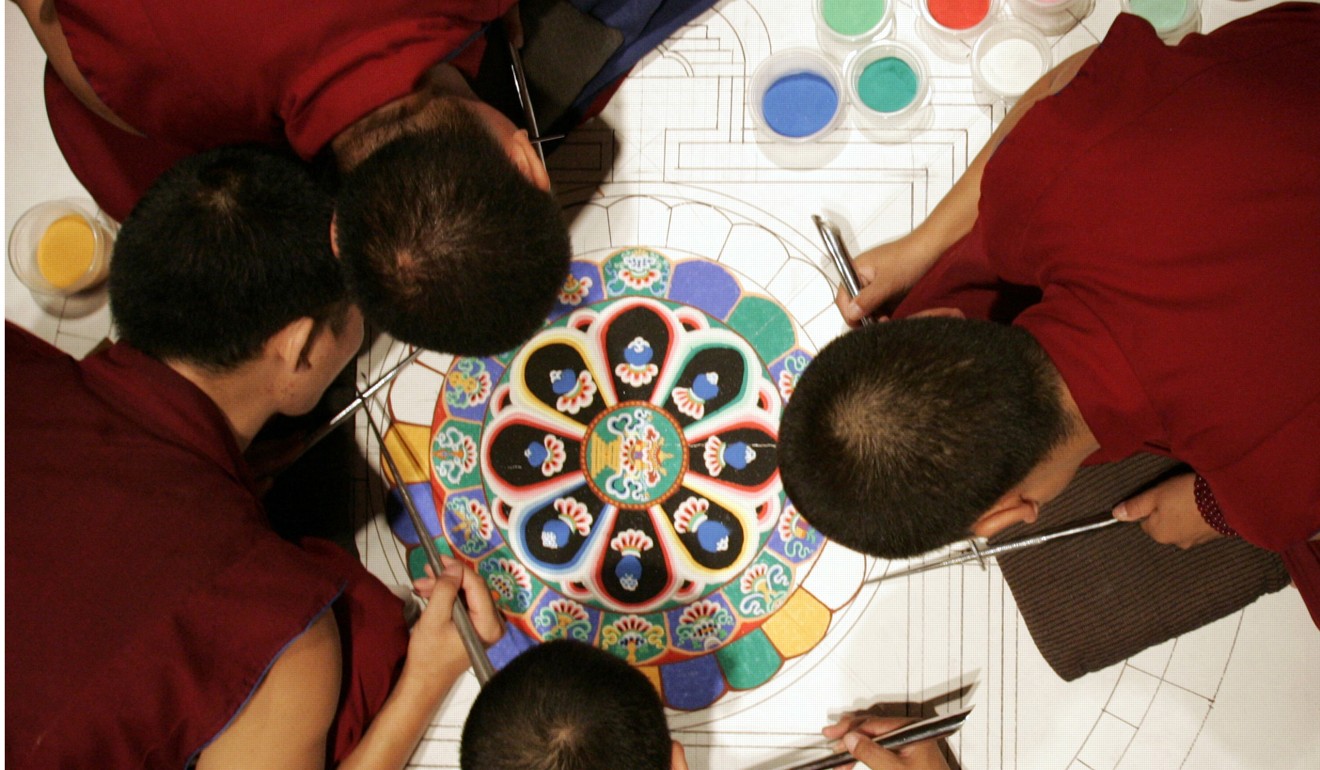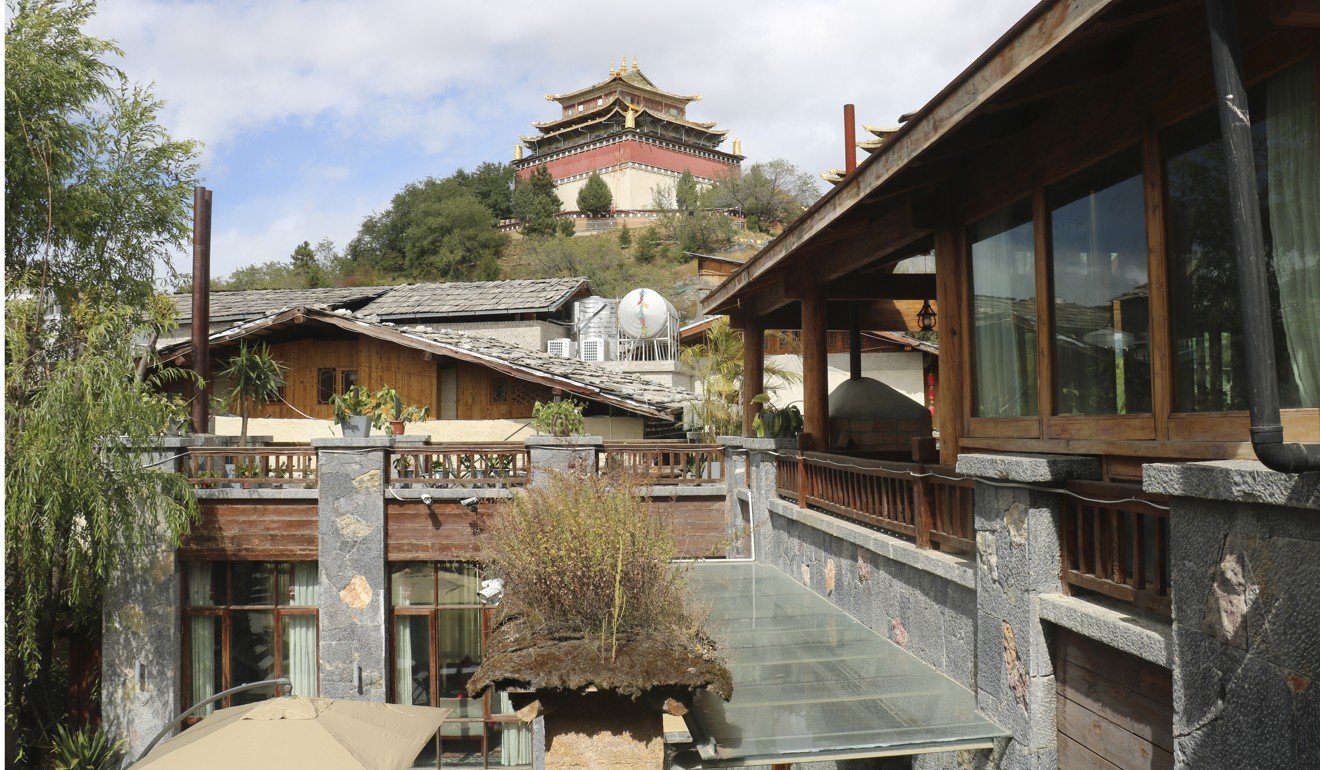
How a Tibetan hotelier born in exile helped put Shangri-La on the map
At the age of 16, Dakpa Kelden returned to his father’s hometown and enrolled at elementary school to learn Chinese. Today, he operates boutique hotels in Shangri-La and Lijiang and works to preserve Tibetan culture
Trading places My father, Renchen Phutsok, fled to India in 1959 (the same year Sino-Tibetan relations broke down and the Dalai Lama escaped to India). He was a proud Khampa (a native of the area in present-day Sichuan, Yunnan and Gansu historically known as Kham). He’d been a lado, a trader on the Ancient Tea Horse Road who brought tea from southern Yunnan all the way up to Lhasa, and into Nepal and India, where it was traded for furs, copper and gold.
He met my mother, Padma Dolma, in exile; they both had daughters from previous marriages. I was born in 1970, in a Tibetan settlement in Madhya Pradesh, right in the heart of India, the youngest child and only son. One of my fondest memories is of my father regaling us with stories of the tea caravan. He told me about the beauty of the grasslands, the furry great yaks and the snowy mountains of our homeland.
Northern Yunnan a joy from its snowy summits to its deep gorges
Sofa so good From the age of nine until I was 16, I studied in a Tibetan monastery called Drepung, in the Indian state of Karnataka, with the goal of becoming a lama. I had to shave my head and wear red robes; that’s probably why I have long hair and wear jeans today.
It was a traditional education. Our curriculum included the chanting of scriptures, philosophy classes, Tibetan calligraphy and art practices like thangka painting and embroidery. It was tough. I remember seeing rich Indians sitting on sofas and imagining what that was like. I never thought I’d get to sit on a sofa.
Road to Shangri-La In the 1980s, Deng Xiaoping opened up Tibet. People could return to visit family members for the first time. We Tibetans have a proverb, “When the bird gets old, it flies back to the tree.” My father had lived overseas for many years but his heart remained at home in Gyaitang (then known as Zhongdian in Chinese, and since 2001 as Shangri-La). I had always wanted to go home too, having grown up with his stories.

In those days, the road from Kathmandu to Lhasa was terrible. We hitched rides on trucks and hiked. My father found some porters to help us move our luggage but I wanted to save money for a pair of jeans, so I offered to carry our belongings, which we kept in a big metal box. All I can remember is the weight of the box. I never did get those jeans.
Oldest in class Settling into life in Shangri-La wasn’t easy. I couldn’t speak Chinese, so I had no choice but to enrol in a local elementary school; I was 16 years old when I started first grade. My little classmates called me dage, older brother. It took me about 18 months to learn Chinese. Then I had to go out and earn a living.
I found a job as a civil servant in the bureau of ethnic minorities and religious affairs. It wasn’t a demanding job and I was released for time to study administration and economics at a vocational school. I stayed with the bureau until 1995. In those days, there was a policy called xiahai, which means “jumping into the sea”. This allowed people to leave the public sector for the private sector. My boss warned me it wouldn’t be easy but I wanted to try and do something for myself.
Around 2006, I started to worry about commercialisation – fake items sold in stores, young people forgetting their heritage – so I opened the Shangri-La Association of Cultural Preservation [...] I see it as a platform to conserve our culture and pass it on to the next generation
Acts of kindness Zhongdian wasn’t completely open to the outside world. We’d get a few tourists, mostly Singaporeans and Malaysians, and I’d show them around the countryside. Tenzin Dolkar, the mother of (Shangri-La Brewery founder) Songsten Gyalzur, opened an orphanage there in 1993, which attracted some kindly Europeans. I met an Austrian lady named Katherine and, in 1999, she helped me apply for a scholarship to study in Austria.
I majored in tourism and hospitality management, in Salzburg. After returning to Yunnan, I guided a tourist from Houston, who had an amazing time in Shangri-La. He helped me further my studies in Oklahoma, where I enrolled in a small business programme for a year. By then, I already had an idea of what I was going to do and began establishing relationships with travel agencies in America.
Cultural awakening In 2001, I began bringing tour groups to Shangri-La from abroad – we’d go hiking, birdwatching, horse-riding. I ran a small travel agency that operated under the government’s tourism department. It was called Outdoor Adventure, or Khamla Dro in Tibetan, which means “come to Kham”. By 2003, I’d founded my own travel company, Khampa Caravan.

Tourism really developed in Shangri-La during that period. But around 2006, I started to worry about commercialisation – fake items sold in stores, young people forgetting their heritage – so I opened the Shangri-La Association of Cultural Preservation. Here, locals can study traditional art for free for three to four years and tourists can pay for short courses in Tibetan culture or thangka painting. I see it as a platform to conserve our culture and pass it on to the next generation.
Dream come true My dreams and my father’s story influenced me to build the Arro Khampa boutique hotel in Shangri-La in 2011. I wanted it to feel like a 21st-century version of a tea caravan inn. I brought an architect called Li Zhong from Kunming to help me build the place from scratch. Half of the hotel is public space. I didn’t want 40 rooms; I have 18 rooms with space for guests to see the stars, the golden prayer wheel on the hill, or simply share tea with one another.
We opened a second Arro Khampa, in Lijiang, in 2015. It’s in Shuhe, another important staging post on the Tea Horse Road. My wife is from the Naxi minority, so we constructed it in the Naxi style, incorporating local materials and motifs. Whenever I sit on a sofa in one of the hotels, I recall my Buddhist education, which teaches one to stand alone, to be who you are, without ego, and to respect everyone. I hope my business carries that message. Arro Khampa means “Friend, I bid you welcome.”

